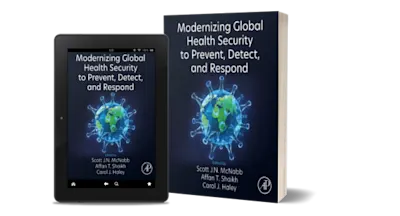Limited Offer
Save 50% on book bundles
Immediately download your ebook while waiting for your print delivery. No promo code needed.

The major greenhouse gas is carbon dioxide (CO2) and the major source of anthropogenic CO2 is fossil fuel combustion. While mitigation measures such as improved energy effic… Read more
Limited Offer

ICCDR-3 is the third in this series of conferences, the proceedings of which are published in this volume. These proceedings contain 111 papers divided into seven sections. Section 1 contains papers from the invited speakers, who were asked to provide a context for our proceedings. The next five sections address the core technical topics of the conference, namely CO2 removal (Section 2), storage (geological storage in Section 3, ocean storage in Section 4), and utilization (chemical in Section 5 and biological in Section 6). Finally, Section 7 addresses additional topics such as economics, full fuel cycle analysis, policy and implementation issues, and comparisons to other mitigation options.
HH